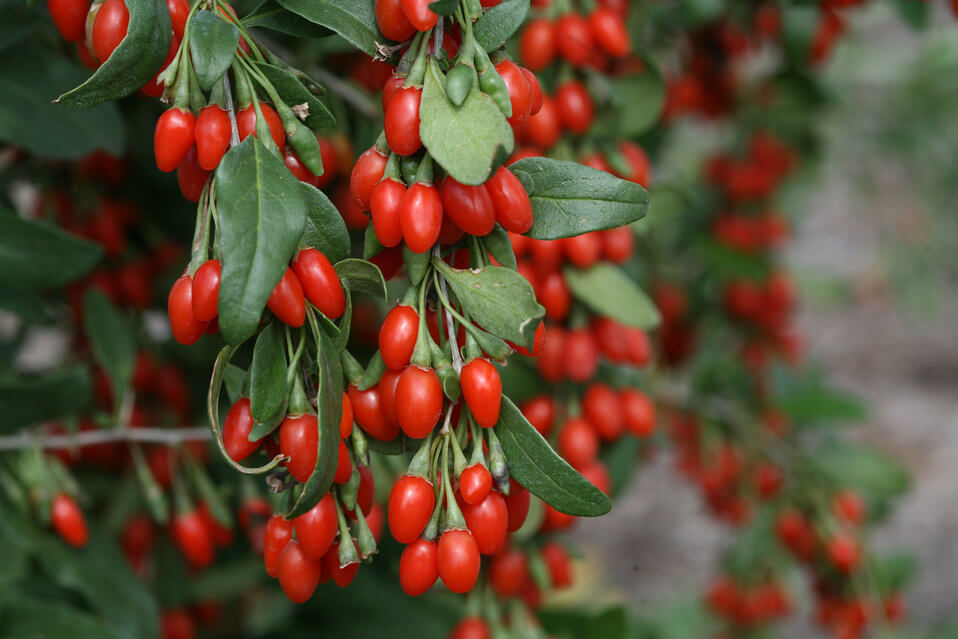Goji berries, Lycium barbarum, also known as wolfberries, are one of the world's best superfoods in that they contain a powerhouse of vitamins, minerals, and antioxidants. Goji berries are said to boost the immune system, treat and prevent cardiovascular disease, and stimulate brain activity. Unfortunately, goji berries are very hard to find at any store, so why not grow them yourself? They're surprisingly easy to grow AND take care of, so today we'll show you how to grow goji berries in pots! Perfect for those with balconies or small gardens!
Growing goji berries is easy to do as long as you follow the guidelines. These little berries need full sun and well draining soil in order to thrive.
The goji berry tree grows to about 3-6 feet tall and is a thorny deciduous shrub. If not prune, it can reach 12 feet in height. Gojis are a member of the tomato and nightshade family. It is also drought tolerant, and will grow best in USDA hardiness zones 5 through 9.
How to Grow Goji Berries

Planting Goji Berries:
- Before planting your goji berries, select a deep pot. It's very important that you do so, because if it's not deep enough, the plant's roots will stop growing.
- Be sure the pot has good drainage holes.
- Fill your pot or container with two thirds good quality potting soil and the rest with sand. Top it off with a generous amount of well-rotted manure compost.
- Be sure to provide your goji berry plant with plenty of sunlight. If you live in a warmer climate where summer temperatures top 100F, make sure that your plant receives shade, especially in the afternoon.
- While your goji berries grow, it's important to keep the soil moist. After 2-3 weeks, you can just water regularly.
- When watering, make sure not to wet the leaves – always water deeply.
- Cover with a layer of mulch to keep the soil moist.
Caring for Goji Berries:
- If the weather gets too cold, bring your goji berry pot indoors and place them in a windowsill with full sun.
- Water regularly and deeply.
- Stake your plant if it begins to crawl.
- Prune lightly to encourage branching.
So now that you know how to grow goji berries, it's time to get to work!
Harvest:
- The goji berry shrub will not usually produce fruit in its first year, but you can expect a full crop the year after planting (in its second year).
- You may think that goji berries are ready to be harvested once they turn red, but that is not necessarily the case. The berries can still taste bitter even if red, so the best indicator would be simply to taste.
- For best results, once berries are red, leave them on the tree for another week or two until harvesting.
Happy Planting!



















